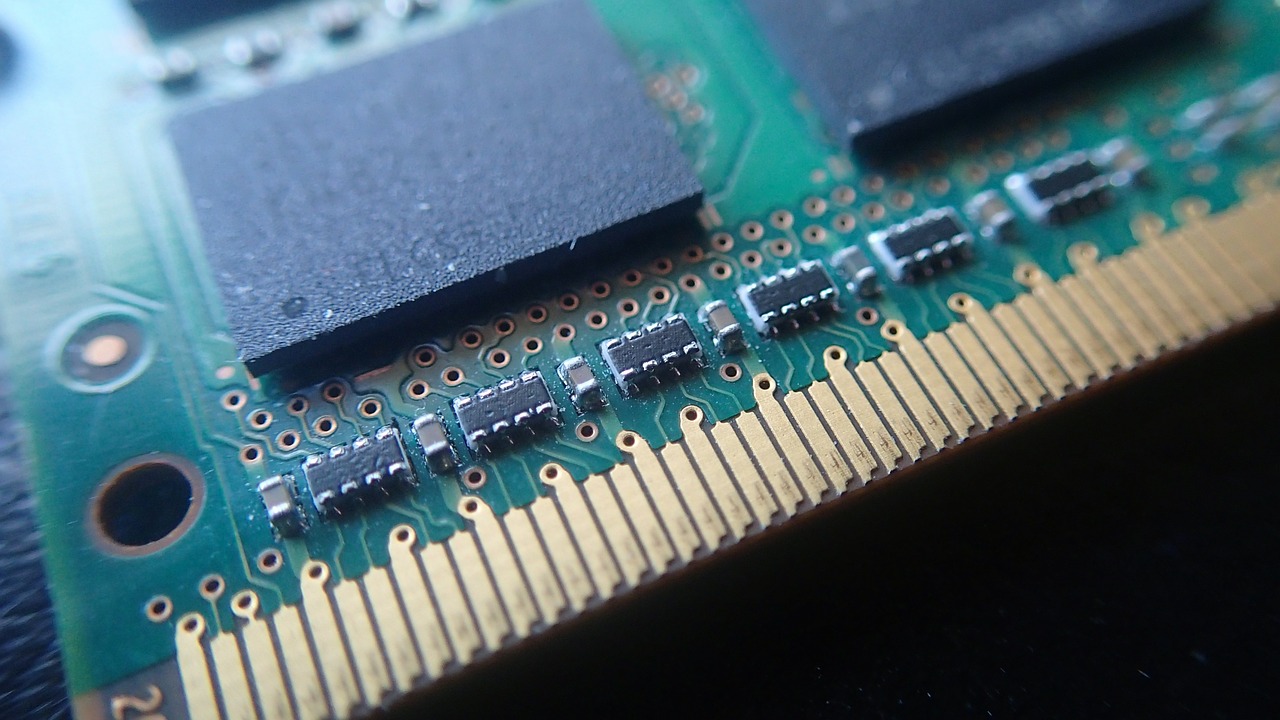

A higher transfer rate means you have more bandwidth and will thus be able to transfer more data at once. When studying data transfer rates of RAM, you'll see it measured in either million transfers per second (MT/s) or gigatransfers (billion) per second (GT/s). The difference? DDR3L RAM can function at both 1.5V and 1.35V, while DDR3 RAM is stuck at 1.5V. This RAM has the same pins and works with any CPU and motherboard that works with DDR3 RAM. You might also hear mention of DDR3L RAM. If you need a hand, PC Part Picker has a wonderful tool that shows you what works together and what doesn't. Take time to research and make sure all parts of your PC are compatible. Also, take note that not all RAM works with all processors, even if it fits into the motherboard. The different connectors ensure no one accidentally installs the wrong type of memory. Why are they different? A motherboard and CPU that work with DDR3 RAM don't work with DDR4 RAM and vice versa.


 0 kommentar(er)
0 kommentar(er)
